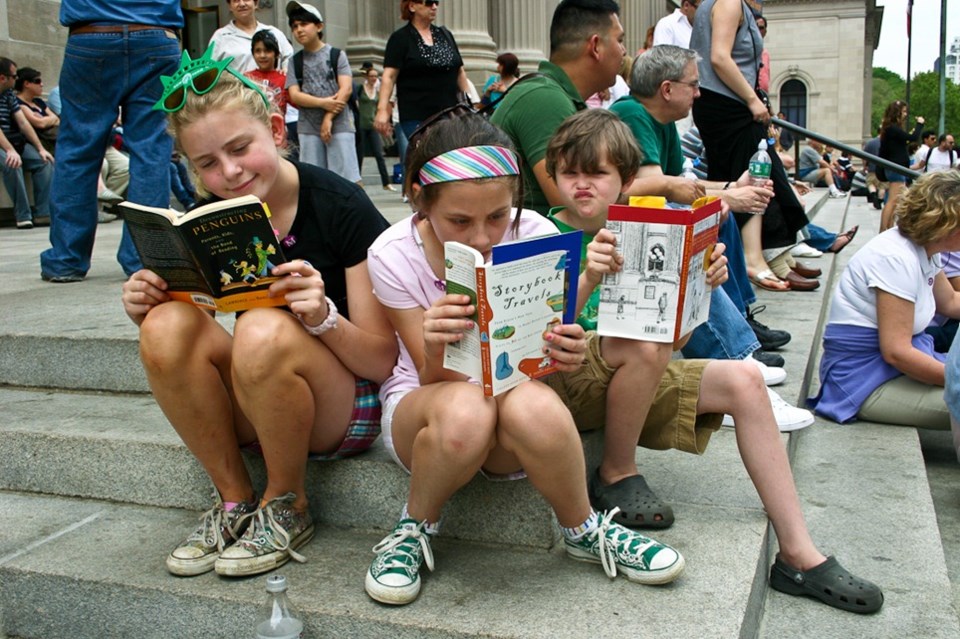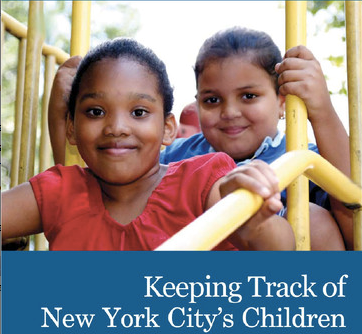
Photo: 8s4.co.uk
Citizens' Committee for Children, one of the city's oldest children's advocacy organizations, on Thursday released the 11th and its latest edition of a databook that tracks the well-being and equality statistics on New York City's 1.8 million children.
The publication, entitled, Keeping Track of New York City's Children (2015), shows profound racial disparities among children. Not surprisingly and as in years past, black and Latino children, who make up approximately 60 percent of the child population, suffer disproportionately across nearly all measures of child well-being.
The newest edition also highlights improved outcomes for children that have been made in recent years, as well as areas where children continue to face barriers to well-being including poverty, unstable housing, and lack of access to essential social services.

Key findings include:
- Poverty: 38.9% of Latino children live in poverty, and 32.5% of black children;
- Infant mortality: A black baby is more than three times more likely to die before his first birthday than a white baby (infant mortality rate of 8.5 deaths per live births versus 2.7 for white infants);
- Educational attainment: Latino and black youth have the lowest graduation rates (56.6% and 58.8% respectively) and highest drop out rates (12.7% and 9.6% respectively)
- Reading and math scores: among 3rd-8th graders, only 18.1% of black students and 18.3% of Latino students are reading at grade level; 18.6% of black students and 23.1% of Latino students are proficient at Math for their grade level.
"While there have been improvements to child well-being over the past several years, the data shows persistent, significant racial and geographic disparities among New York City¹s children," said Jennifer March, executive director of Citizens' Committee for Children.
"Low-income children of color are the most at-risk, and too often lack access to basic services that are proven to pave the way for a brighter future. As our elected officials make budget and policy decisions that seek to address inequality in New York City, it is our hope that Keeping Track makes a strong case for investment in programs and services that ensure all children and families thrive."
The findings can be purchased as a print publication and through a free, interactive online database here.



